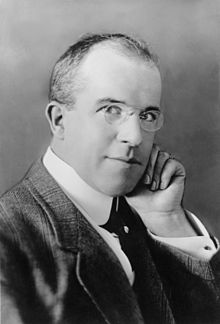3D CGI Animation is the process of generating animated images using computers. 3D computer animation is considered too be the digital successor to stop motion animation, which is more controllable than physical objects. To create the illusion of movement an image is presented on the monitor and is repeatedly replaced by a new image that is similar too it with slight changes. Animators using this technique could use the "Tween" method which is used during a process called keyframing which puts control in too the animators hands and is closely related too traditional animation. There is also a more recent method of this which uses motion capture technology which makes use of live action footage.
Here we have a trailer for futureworld a film made in 1976 which was the first mainstream film created too involve 3D wire frame animation. The 3D animation was produced by two individuals named John Whitney, jr, and Gary Demos.
Here is a picture from Kung-fu panda a 3D animated film from the 21st century.
Disadvantages: Can be disastrous if done incorrectly, can require advanced graphical systems in order too produce the images you want, Time consuming but still faster than previous versions of animation.
Advantages: Can be extremely fun, Allows access too creativity, easy too save and go back on any mistakes present.




